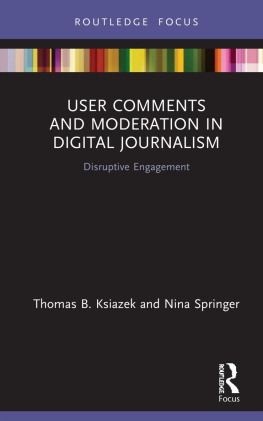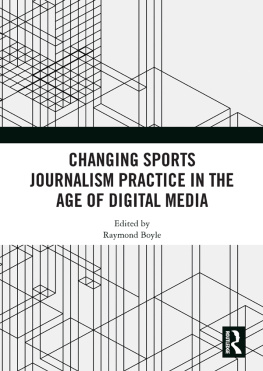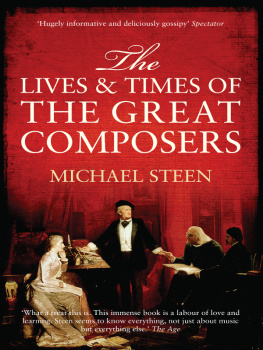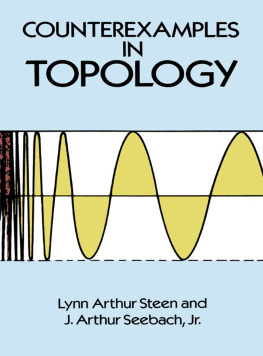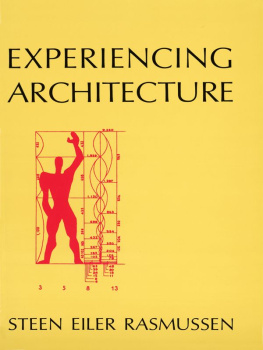Theories of Journalism in a Digital Age
Given the interdisciplinary nature of digital journalism studies and the increasingly blurred boundaries of journalism, there is a need within the field of journalism studies to widen the scope of theoretical perspectives and approaches. Theories of Journalism in a Digital Age discusses new avenues in theorising journalism, and reassesses established theories.
Contributors to this volume describe fresh concepts such as de-differentiation, circulation, news networks, and spatiality to explain journalism in a digital age, and provide concepts which further theorise technology as a fundamental part of journalism, such as actants and materiality. Several chapters discuss the latitude of user positions in the digitalised domain of journalism, exploring maximalminimal participation, routinesinterpretationagency, and mobilitycross-medialityparticipation. Finally, the book provides theoretical tools with which to understand, in different social and cultural contexts, the evolving practices of journalism, including innovation, dispersed gatekeeping, and mediatized interdependency.
The chapters in this book were originally published in special issues of Digital Journalism and Journalism Practice.
Steen Steensen is Professor of Journalism and Head of the Department of Journalism and Media Studies at Oslo and Akershus University College of Applied Sciences, Norway. He has published numerous articles and book chapters on digitalization and journalism.
Laura Ahva is a Senior Research Fellow in the School of Communication, Media and Theatre at the University of Tampere, Finland. She has published articles in Journalism Studies, Journalism and Digital Journalism, and in various edited collections.
Journalism Studies: Theory and Practice
Series editor: Bob Franklin
Cardiff School of Journalism, Media and Cultural Studies, Cardiff University, UK
The journal Journalism Studies was established at the turn of the new millennium by Bob Franklin. It was launched in the context of a burgeoning interest in the scholarly study of journalism and an expansive global community of journalism scholars and researchers. The ambition was to provide a forum for the critical discussion and study of journalism as a subject of intellectual inquiry but also an arena of professional practice. Previously, the study of journalism in the UK and much of Europe was a fairly marginal branch of the larger disciplines of media, communication and cultural studies; only a handful of Universities offered degree programmes in the subject. Journalism Studies has flourished and succeeded in providing the intended public space for discussion of research on key issues within the field, to the point where in 2007 a sister journal, Journalism Practice, was launched to enable an enhanced focus on practice-based issues, as well as foregrounding studies of journalism education, training and professional concerns. Both journals are among the leading ranked journals within the field and publish six issues annually, in electronic and print formats. More recently, 2013 witnessed the launch of a further companion journal Digital Journalism to provide a site for scholarly discussion, analysis and responses to the wide ranging implications of digital technologies for the practice and study of journalism. From the outset, the publication of themed issues has been a commitment for all journals. Their purpose is first, to focus on highly significant or neglected areas of the field; second, to facilitate discussion and analysis of important and topical policy issues; and third, to offer readers an especially high quality and closely focused set of essays, analyses and discussions.
The Journalism Studies: Theory and Practice book series draws on a wide range of these themed issues from all journals and thereby extends the critical and public forum provided by them. The Editor of the journals works closely with guest editors to ensure that the books achieve relevance for readers and the highest standards of research rigour and academic excllence. The series makes a significant contribution to the field of journalism studies by inviting distinguished scholars, academics and journalism practitioners to discuss and debate the central concerns within the field. It also reaches a wider readership of scholars, students and practitioners across the social sciences, humanities and communication arts, encouraging them to engage critically with, but also to interrogate, the specialist scholarly studies of journalism which this series provides.
Recent titles in the series:
Making Sense of Mediatized Politics
Edited by Jesper Strmbck and Frank Esser
The Future of Journalism in an Age of Digital Media and Economic Uncertainty
Edited by Bob Franklin
The Places and Spaces of News Audiences
Edited by Chris Peters
Theories of Journalism in a Digital Age
Edited by Steen Steensen and Laura Ahva
Theories of Journalism in a Digital Age
Edited by
Steen Steensen and Laura Ahva
First published 2017
by Routledge
2 Park Square, Milton Park, Abingdon, Oxon, OX14 4RN, UK
and by Routledge
711 Third Avenue, New York, NY 10017, USA
Routledge is an imprint of the Taylor & Francis Group, an informa business
2017 Taylor & Francis
All rights reserved. No part of this book may be reprinted or reproduced or utilised in any form or by any electronic, mechanical, or other means, now known or hereafter invented, including photocopying and recording, or in any information storage or retrieval system, without permission in writing from the publishers.
Trademark notice: Product or corporate names may be trademarks or registered trademarks, and are used only for identification and explanation without intent to infringe.
British Library Cataloguing in Publication Data
A catalogue record for this book is available from the British Library
ISBN 13: 9781138684072
Typeset in Myriad Pro
by RefineCatch Limited, Bungay, Suffolk
Publishers Note
The publisher accepts responsibility for any inconsistencies that may have arisen during the conversion of this book from journal articles to book chapters, namely the possible inclusion of journal terminology.
Disclaimer
Every effort has been made to contact copyright holders for their permission to reprint material in this book. The publishers would be grateful to hear from any copyright holder who is not here acknowledged and will undertake to rectify any errors or omissions in future editions of this book.
Contents





